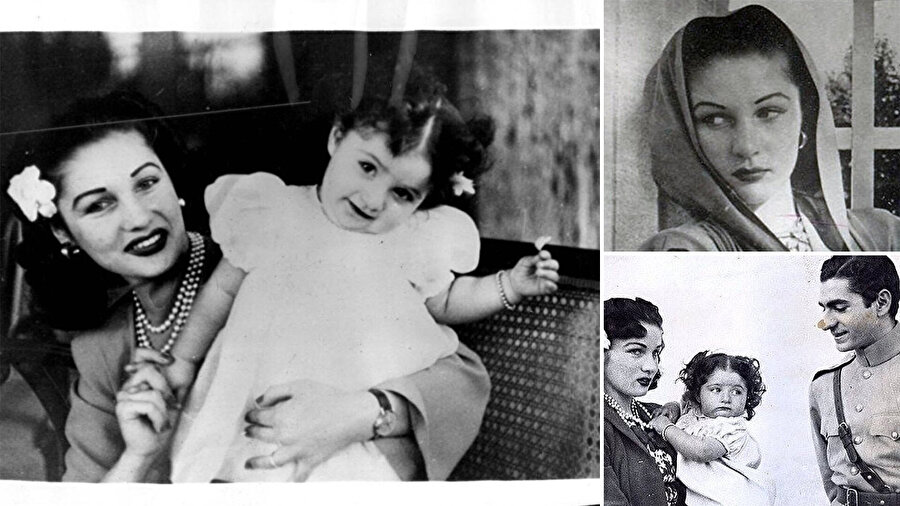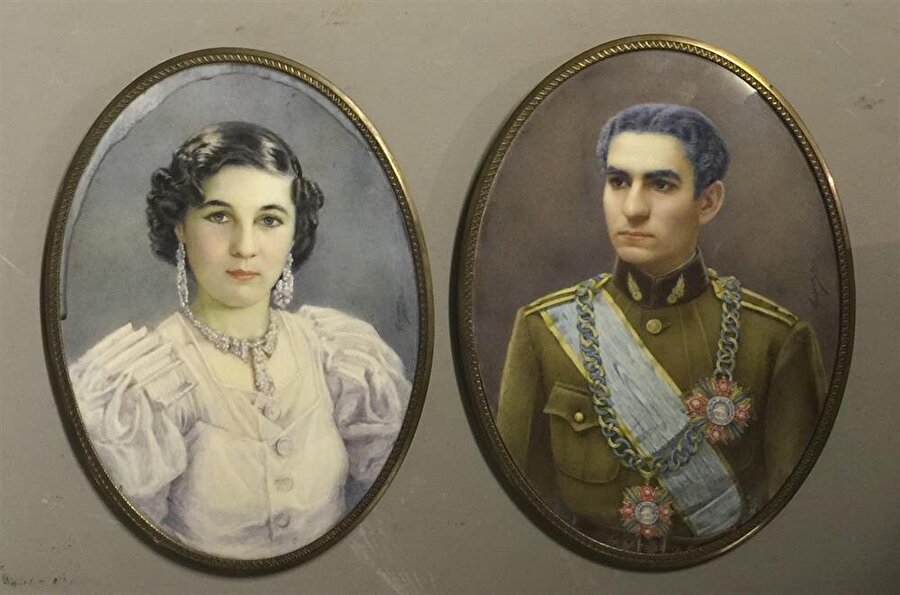Who is Fawzia Fuad of Egypt?
On July 2, 2013, a 91-year-old woman died in a villa in the city of Alexandria, just as Egypt's Defense Minister Abdel Fattah Sisi took action to overthrow the country's first freely elected President, Mohammed Morsi.

This woman, whose name has long been forgotten by everyone, was Princess Fevziye, the sister of King Faruk of Egypt and the first wife of the deposed Shah of Iran, Mohammad Reza Pahlavi.
Princess Fawzia Fuad was ending her long life, which had witnessed periods of turmoil and chaos, in a very tumultuous period in Egypt. The country was in such a state that the news of the death of the Princess could not even find a place in the agenda of the press.
Fawzia of Egypt (November 1921 – 2 July 2013), also known as Fawzia Pahlavi or Fawzia Chirine, was an Egyptian princess who became Queen of Iran as the first wife of Mohammad Reza Pahlavi, Shah of Iran.
Born on November 5, 1921, in Ra's et-Tîn Palace, the luxurious residence of her father, King Fuad, in Alexandria, Fawzia Fuad was raised in an atmosphere surrounded by nannies and foreign caregivers. While English and French governesses taught the little princess the language, Italian butlers performed their personal services.
Princess Fawzia Fuad, who spent her infancy and childhood years in the palaces in Alexandria and Cairo, was sent to Switzerland to receive a Western-style education, due to the fashion of the time.
In her early 20s, Fevziye, who spoke her mother tongue Arabic as well as English, French, and Italian flawlessly, found herself imprisoned in the boring patterns of palace life when she returned to Egypt after Switzerland. That's why an unexpected marriage proposal that came at that time turned into a hope for her freedom.

The Shah of Iran, Reza Pahlavi, had chosen Egypt's young princess, Fawzia Fuad, as a suitable wife for his 19-year-old son, Mohammad Reza. Princess Fawziye moved to Tehran after the magnificent weddings in 1939 (one was held in Cairo within the framework of Sunni traditions, the other in Tehran according to the Shiite tradition) with the acceptance of the offer made through diplomatic channels by the Kingdom of Egypt. When Fevziye's bride left for Tehran, her older brother Faruk had also sat on the throne of Egypt as king, replacing their father, Fuad, who died in 1936.
By the end of the 1930s, Tehran was no more than a provincial town. There is no trace of colorful life in Egypt, and the traditions of the Pahlavi Palace were too strict and boring to compare with the palace procedures in Cairo. When the tensions that the young crown prince Mohammed Reza had with his mother, Tâcul-Muluk, were added to this equation, Fevziye fell into a serious depression. The birth of their daughter, Şehnaz, in 1940 was not enough to save the marriage of the husband and wife, which began to shake. On the other hand, Princess Fawziye, who struggled with the social pressure of not being able to give a son and crown prince to her husband, Mohammad Reza, who is now the Shah of Iran, finally went to Egypt for "treatment" in 1945 and never returned to Tehran.
Joining her life with Colonel İsmail Chirin in 1949, Fevziye Fuad remained married to her husband, with whom she was happily married and with whom she had two children, until the end of her life. In 1952, when the monarchy was overthrown by a coup and King Farouk and his family went into exile outside of Egypt, Princess Fevziye chose to live in Alexandria. She had begun a new life in a new era. Everything seemed calm and still.
However, fate would drag his ex-wife Shah Mohammad Reza back to Cairo years later: The Middle East was going through a new period of turmoil when the Shah, who had to leave his country in 1979, took refuge in Egypt with his third wife, Farah Pahlavi. Egyptian President Anwar Sadat's hosting the Shah in Cairo would also lead to the rupture of Egyptian-Iranian relations.
After Egypt, the Shah stayed in Panama, Morocco, and the Canary Islands for a while. The tomb of the Shah is located in the graveyard of Rifai Mosque today.
